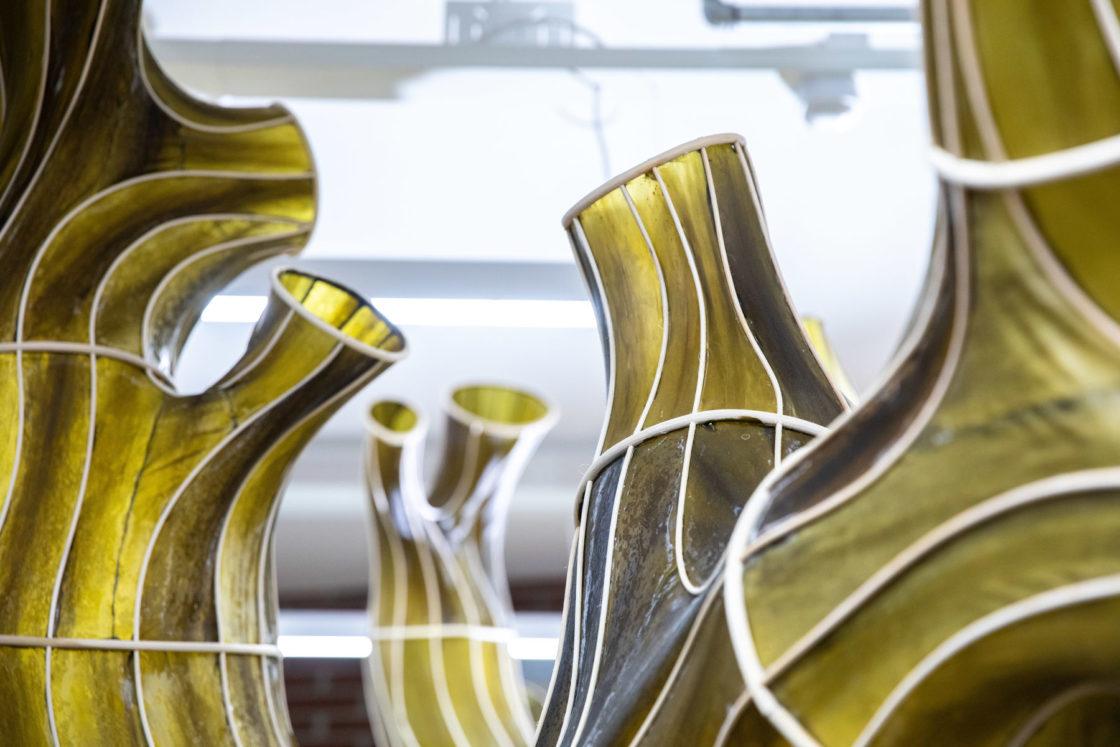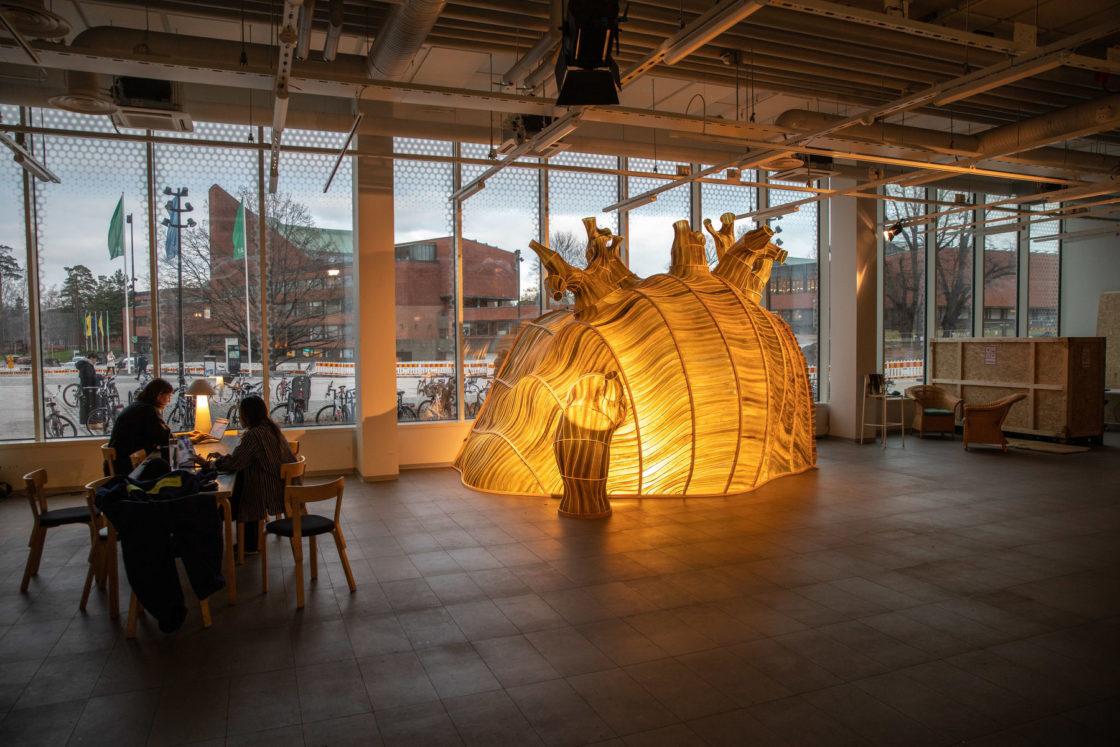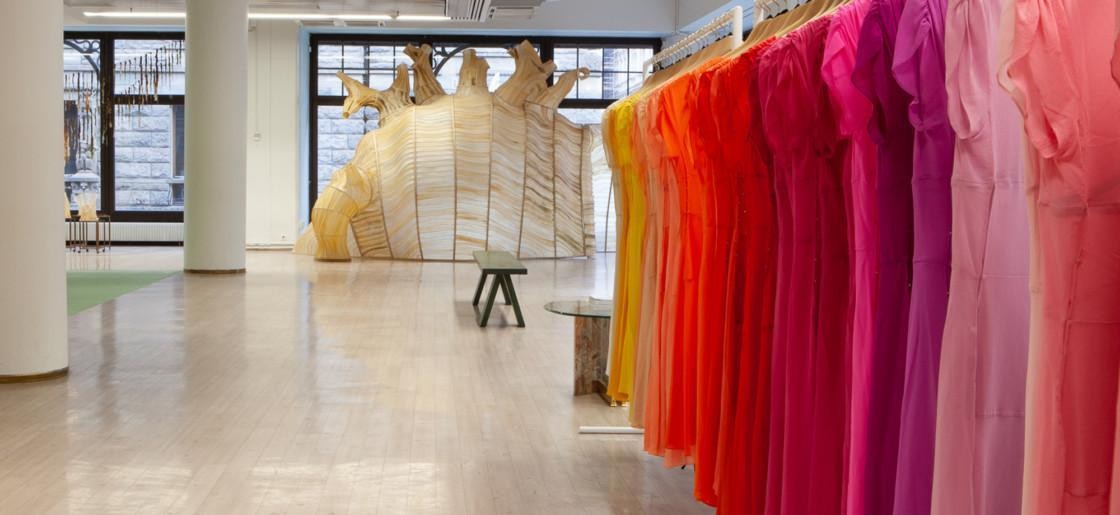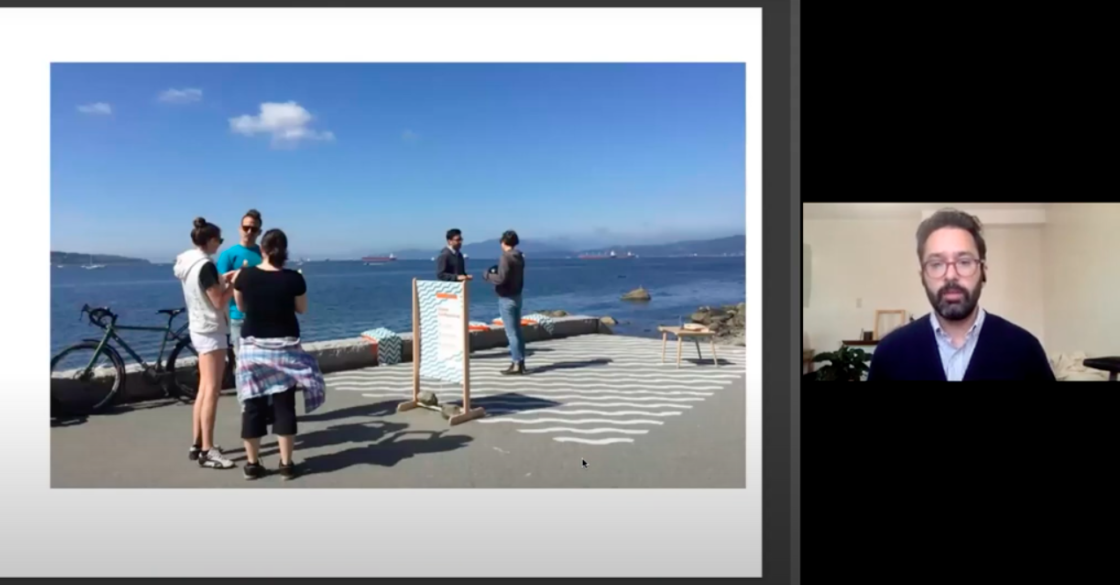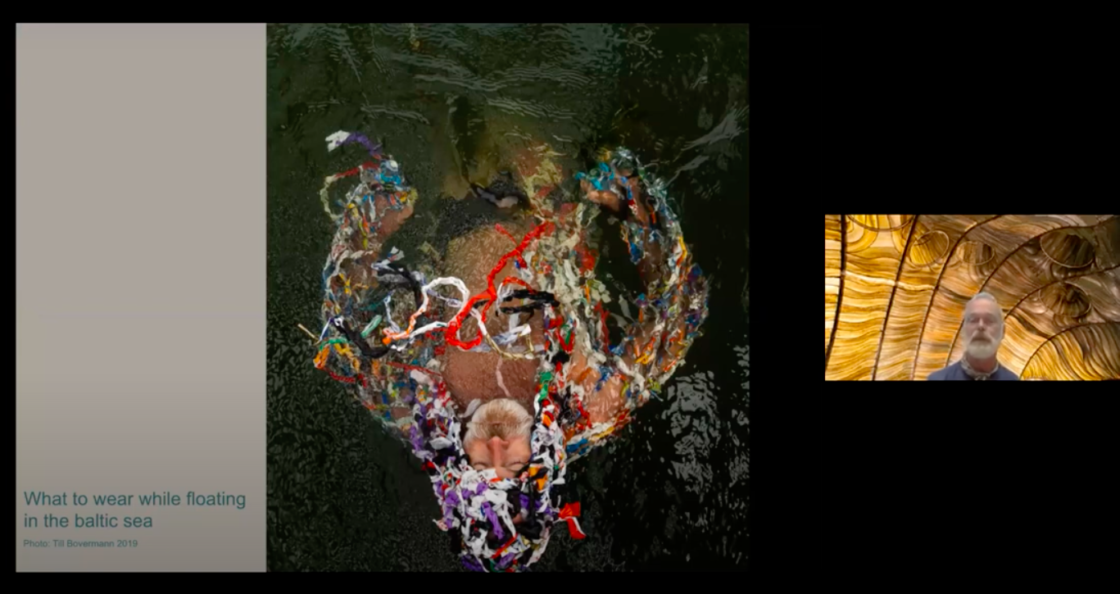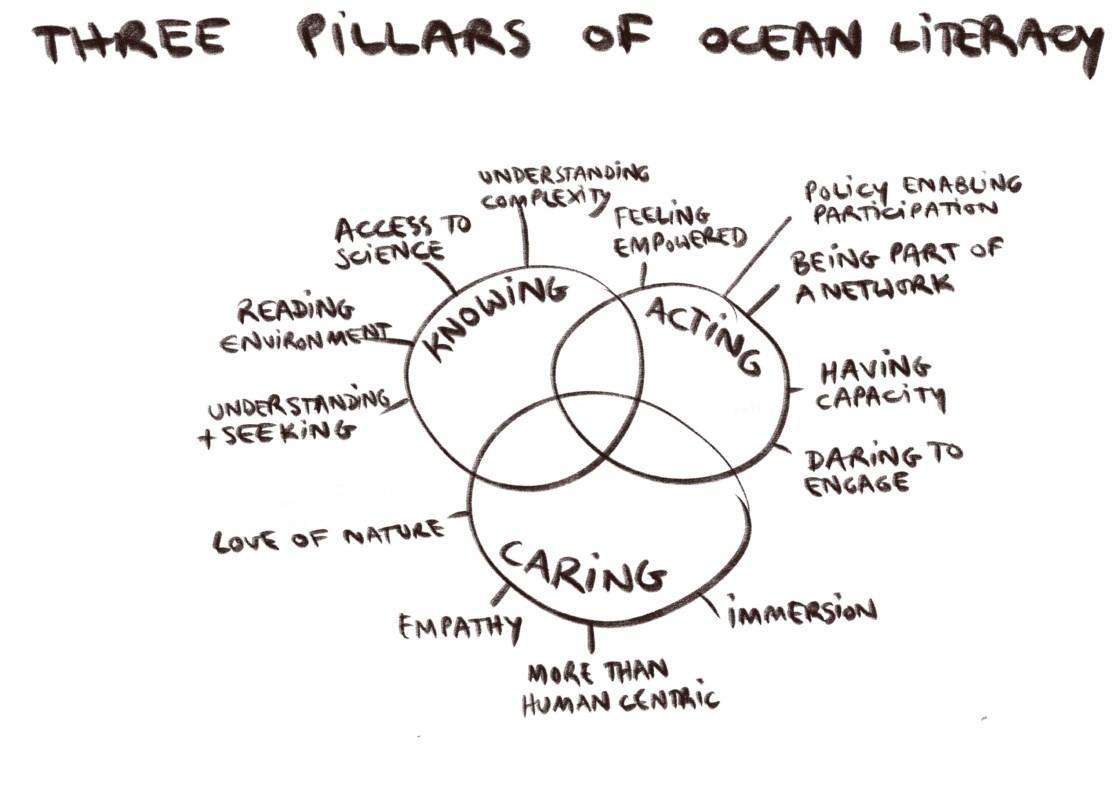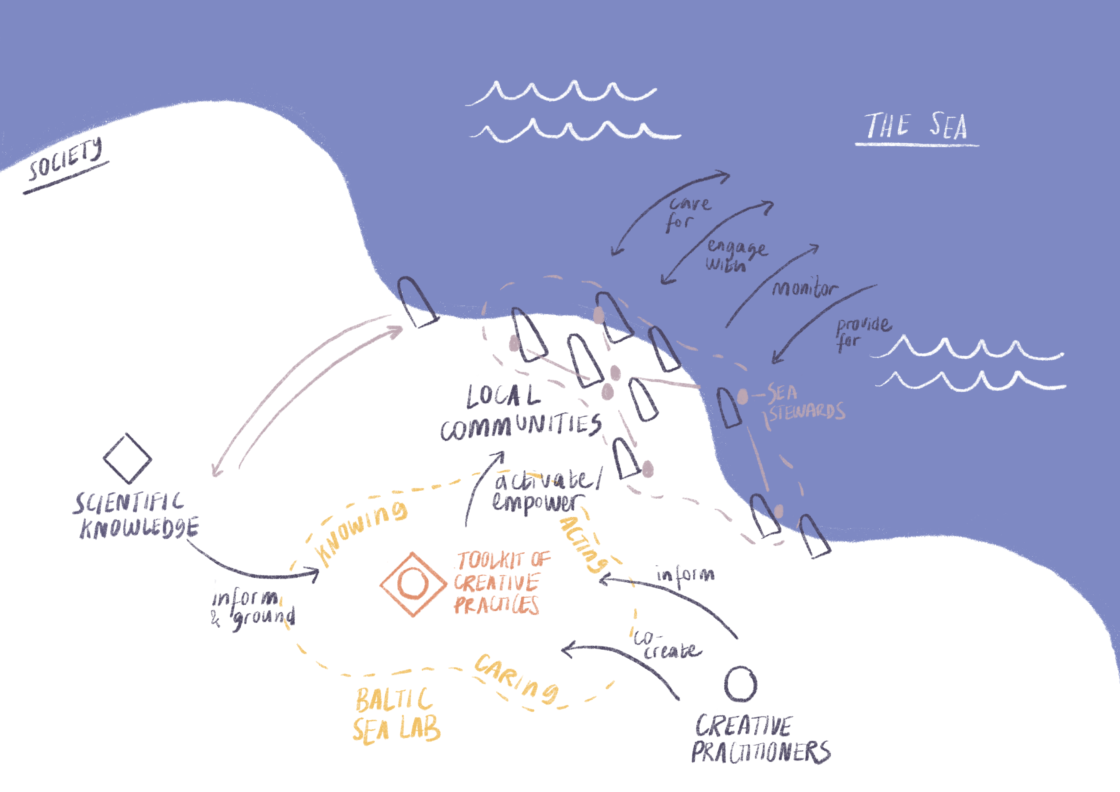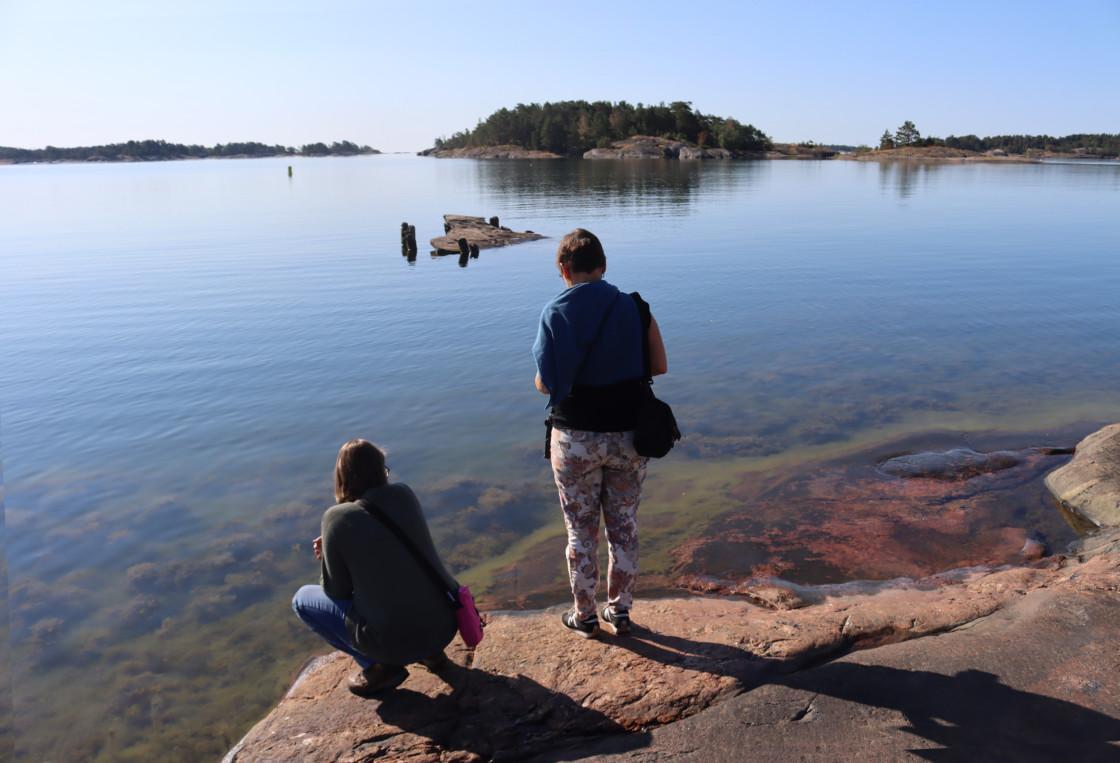The Baltic Sea Lab develops co-creative ways and tools to activate people to promote sea health. The main aim of the project is to grow a network of individuals who might identify themselves as “sea stewards” willing to care for their local sea environment through co-creative engagements.
Creative practices offer unique ways of engagement to connect communities with their local sea – yet, these practices are often only enacted once and bound by the artist’s or designer’s spatial and temporal reach. The Baltic Sea Lab adapts and adopts such creative practices with the aim of extending their reach beyond their clearly authored initial framing. Can a creative practice seed a range of similar engagements, all adapted to their specific locality and community context?
In November 2020 – April 2021, the Baltic Sea Lab occupied a large abandoned retail space of the A Bloc shopping centre in Otaniemi (Espoo, FIN). The space hosted a multi-sensory seaweed structure named Hidaka Ohmu, originally designed by Julia Lohmann and the Department of Seaweed for the World Economic Forum in 2020. The sculpture made of Japanese kelp facilitates conversations and alliances by bringing the sea, its materiality, texture, and scents into a human-made environment. Fellow artists and researchers, including the Open Forest collective, were working inside and around the Ohmu for a period of six months and invited other interested creatures for one-to-one dialogues.
After moving out from the A Bloc space, the Hidaka Ohmu sculpture traveled to a new venue, the Glasshouse Helsinki, where it was exhibited in June – August 2021.
The Baltic Sea Lab project followed with two co-creative engagement events, delving deep into the concept of ocean literacy to better understand the needs of the local sea. Partnering with local Finnish institutions like the John Nurmisen Foundation, the Hanaholmen, and the Tvärminne Zoological Station, the Lab invited conversations with artists and designers about various ways of engaging communities with local sea and surrounding environment.
The panel discussion ‘Baltic Sea Lab: How creative practices can support sea health’ held at the Tvärminne station invited six panelists: author of the ECOtarot deck and Arizona State University professor Adriene Jenik; founders of the Ocean Confessional initiative Sam Shamsher and Pete Fung; author of the Selkie Skin project Gary Markle; researcher and artists Iryna Zamuruieva from Flood Risk Scotland, and the Baltic Sea Lab’s very own Julia Lohmann to reflect on contemporary themes and issues in ocean literacy.
The goal of the panel was to identify ocean literacy topics that need to be addressed from a scientific point of view and, alongside it, to understand how creative practices create engagements with relevant individuals and communities. The insightful conversations prompted reflections on the challenges of scaling and reproducing artistic practices and on the nature of an effective engagement.
We observed three interwoven and recurring topics that became the backbone through which we understand how creative practices engage a community with ocean literacy: Knowledge (awareness of ecological and cultural issues), Care (empathy, emotional and embodied connection), and Action (active participation, agency).
A Moment with the Sea event followed with a less structured form of reflection, inviting individuals and communities to spend a moment thinking about and with the Baltic sea. In celebration of Itämeripäivä – Baltic Sea Day – the event called for messages of love, concern, gratitude, confession, and/or fear for the sea to be sent and written with chalk onto rocks along the Baltic shoreline.
The lead project author Julia Lohmann presented the Baltic Sea Lab project and related themes in ocean literacy at the New European Bauhaus Dialogues – Arctic Design Week event (March 2021) and later at the Bauhaus of the Seas conference, as part of the New European Bauhaus initiative – Roundtable ‘Transformative Economies: Ecosocial Wellbeing and the Politics of Participation’ (May 2021). In June 2021, the Baltic Sea Lab ExP team contributed some of their seaweed artifacts, including the beautiful KombuKamui dress, to the Archive of Vibrant Matter, as part of the Porto Design Biennale in Portugal. Another seaweed artifact, the large sculpture named Kombu Ahtola, was shown at the exhibition The World As We Don’t Know It, organised at the Droog Design space, Netherlands. The exhibition curated by Renny Ramakers features 20 international artists presenting their visions on the climate crisis.
In September 2021, Baltic Sea Lab authors unveiled the Seaweed Shrine – a collective sculpture documenting ongoing practice-based research and exploration into algae and seaweeds conducted together with students and staff at Aalto University and the University of Helsinki. The Shrine co-authors connect their expertise in design, marine biology and chemistry to engage audiences with themes in ocean literacy, material development and the agency of seaweed. Exhibited as part of the Helsinki Design Week, the Shrine aims to alter foster people’s capacities to care for their surroundings while attending to more-than-human values and interests.
